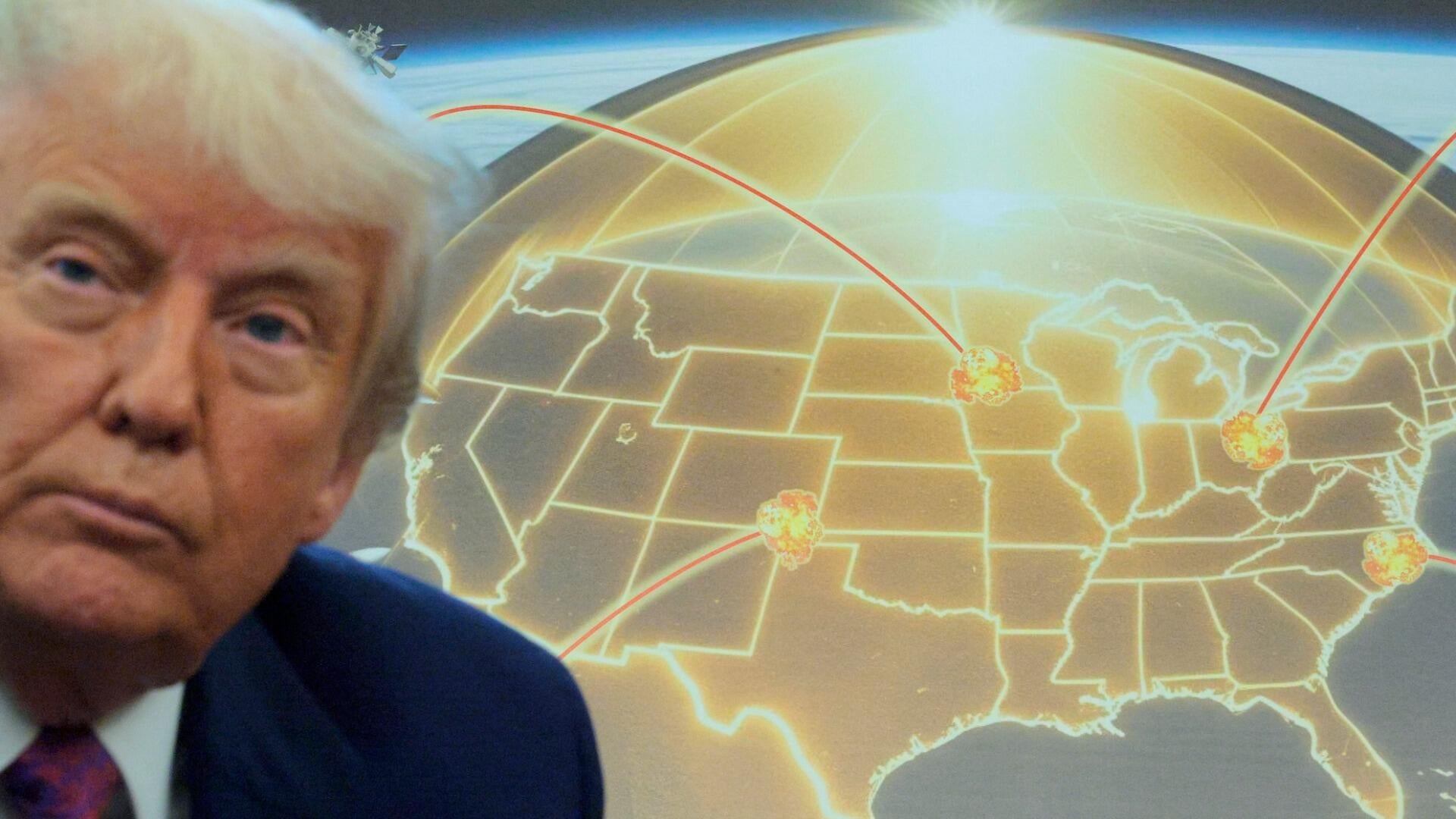
Golden Dome Missile Defense System: Overview
Introduction:
On May 20, 2025, President Donald Trump unveiled the “Golden Dome for America,” a $175 billion missile defense project aimed at protecting the United States from advanced aerial threats, including ballistic, hypersonic, and cruise missiles. The system is designed to intercept missiles at various stages of flight, utilizing both ground-based and space-based technologies.
Key Features:
-
Multilayered Defense: The Golden Dome will incorporate space-based interceptors and sensors, marking the first time the U.S. has deployed weapons in space for defensive purposes.
-
Global Coverage: The system aims to defend against threats from adversaries such as China, Russia, North Korea, and Iran, with capabilities to intercept missiles launched from space or across the globe.
-
Operational Timeline: President Trump has set a goal for the system to be operational by the end of his second term in January 2029.
Leadership and Oversight:
General Michael Guetlein, Vice Chief of Space Operations, has been appointed to lead the Golden Dome initiative. The project will be overseen by the U.S. Space Force, with collaboration from various defense contractors and agencies.
International Collaboration:
Canada has expressed interest in participating in the Golden Dome program, with discussions underway to integrate Canadian assets into the defense system. This collaboration aims to enhance the capabilities of the North American Aerospace Defense Command (NORAD).
Funding and Budget:
-
Initial Funding: An initial $25 billion has been allocated for the project through the “One Big, Beautiful Bill,” a comprehensive defense spending package.
-
Long-Term Costs: While the administration estimates the total cost at $175 billion, the Congressional Budget Office projects that the system could cost up to $542 billion over 20 years, primarily due to the space-based components.
Political and Strategic Implications:
-
Defense Strategy: The Golden Dome represents a significant shift in U.S. defense strategy, emphasizing space-based capabilities to counter evolving threats.
-
International Reactions: China has criticized the initiative, warning that it could lead to the militarization of space and an arms race.
-
Legislative Challenges: The project faces scrutiny from lawmakers concerned about its cost, feasibility, and potential impact on existing defense priorities.
Technological Considerations:
Experts acknowledge the ambitious nature of the Golden Dome project, noting that while advancements in technology have made such a system more feasible, challenges remain in integrating space-based interceptors and ensuring reliable performance across diverse threat scenarios.











